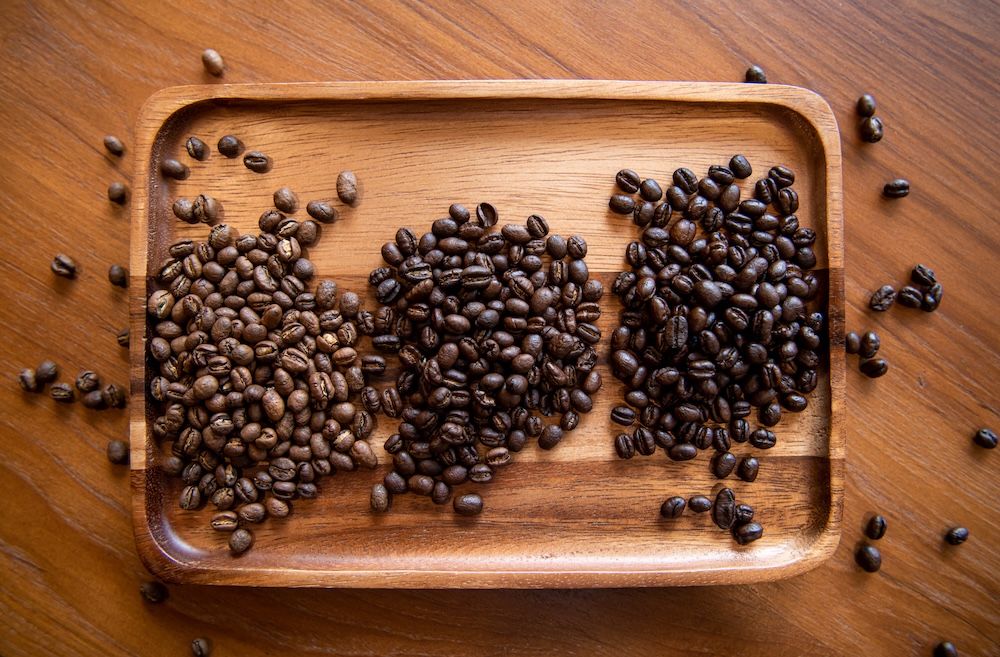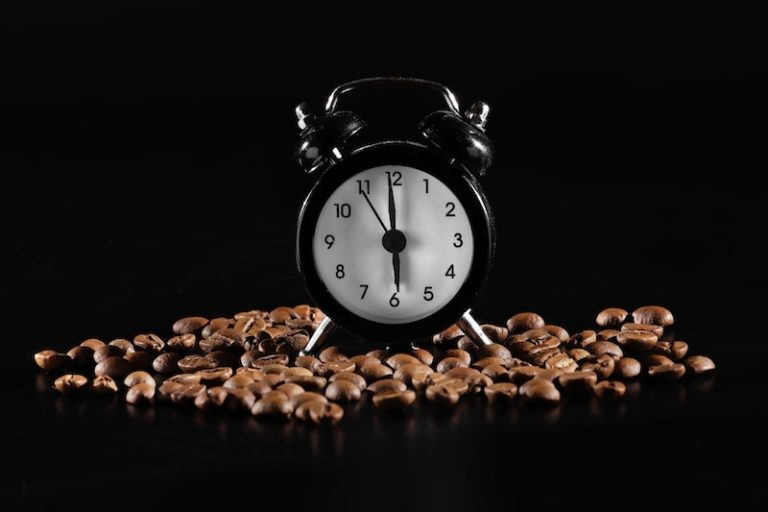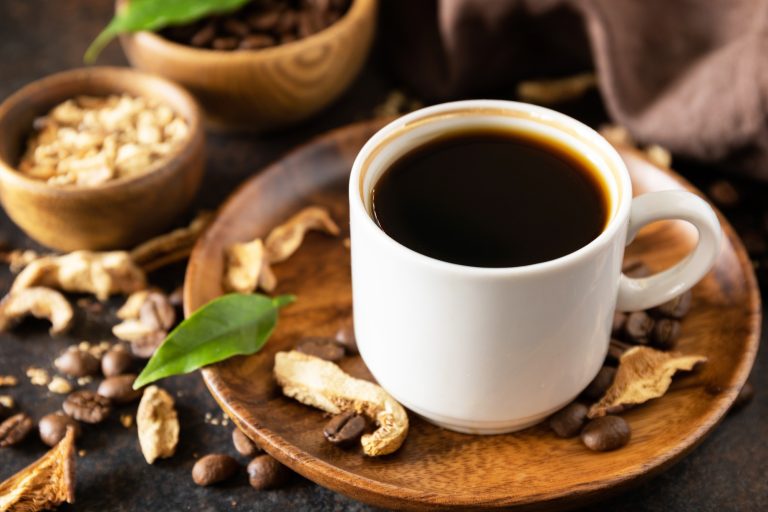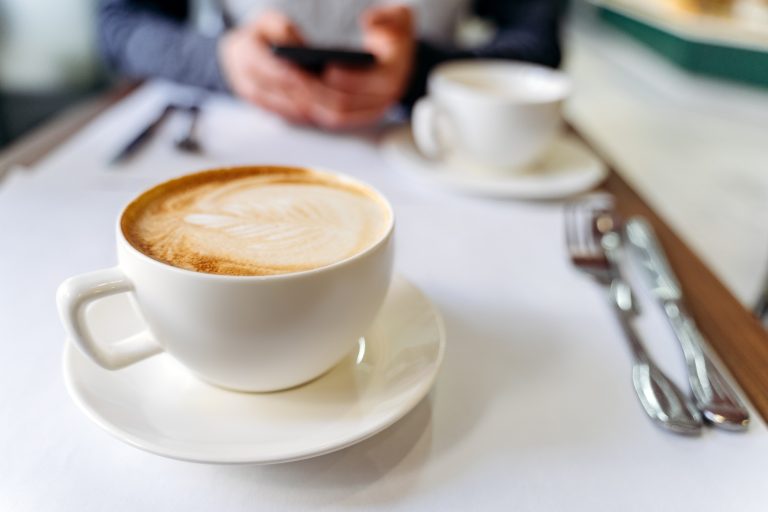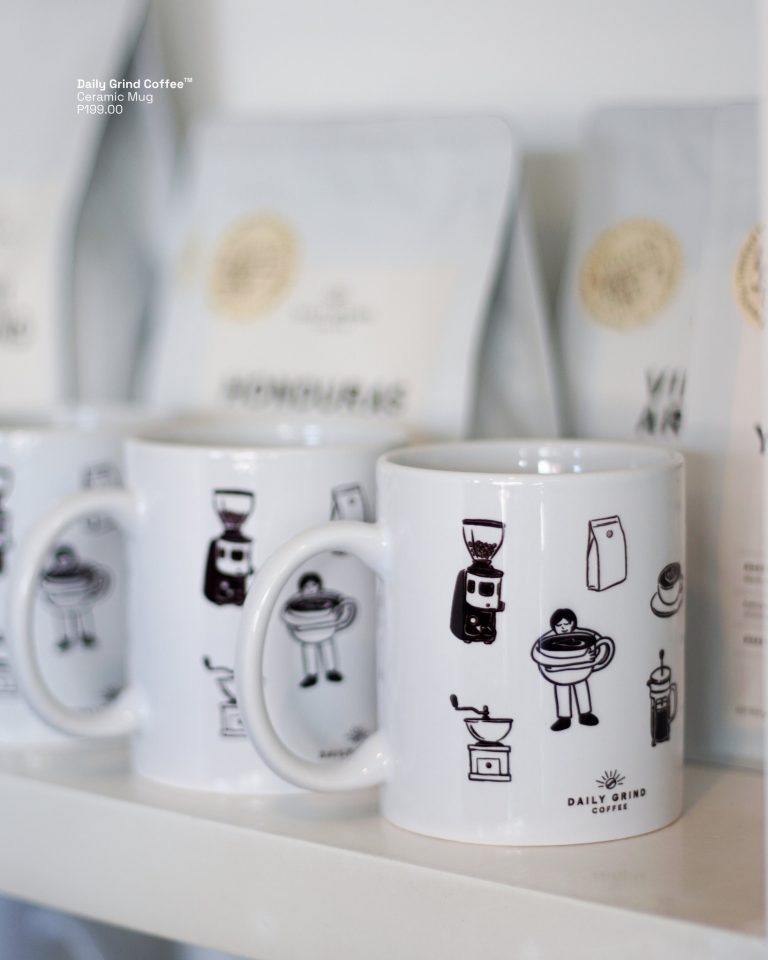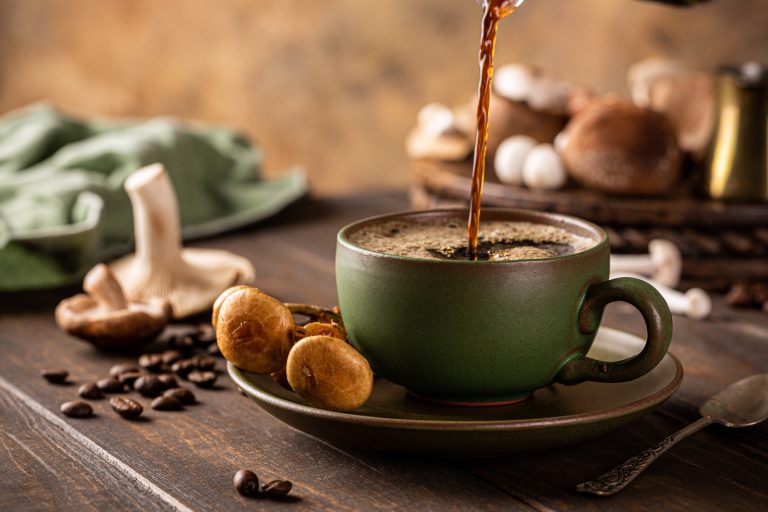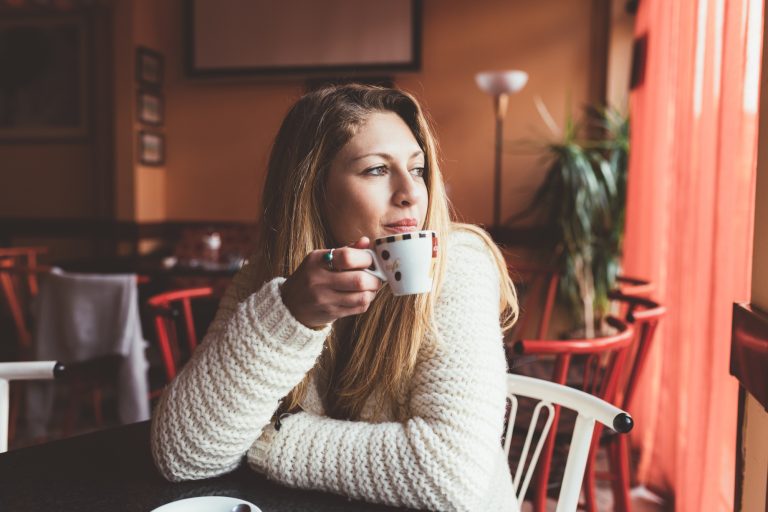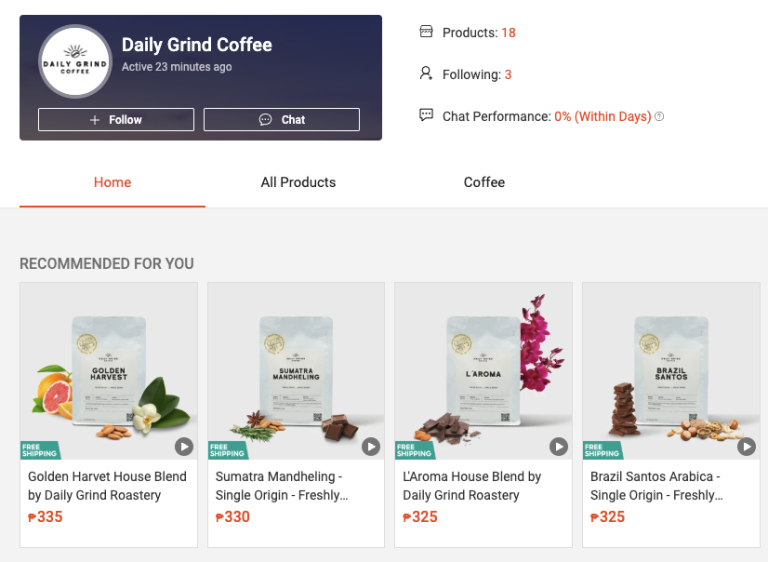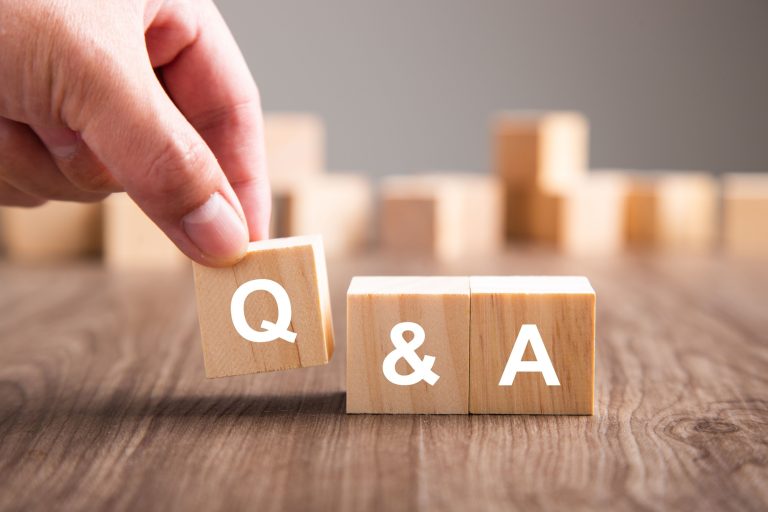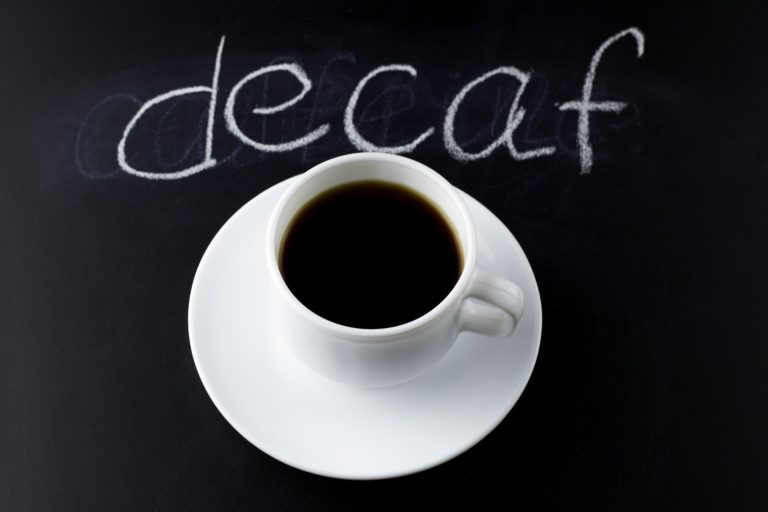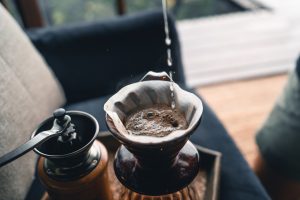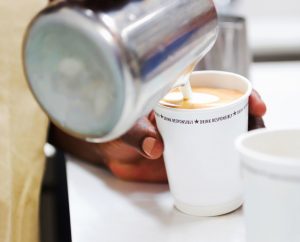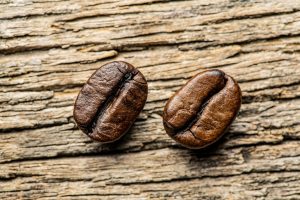The world of coffee is as deep and rich as the brew itself.
At the heart of this world lies the art of roasting.
Roast levels, specifically light, medium, and dark, play a pivotal role in shaping the flavor, aroma, and body of your coffee.
Yet, many coffee lovers remain unaware of the nuances between these roast types.
This guide aims to shed light on these differences, helping you understand and appreciate the impact of roast levels on your cup of joe.
Whether you’re a casual coffee drinker or a seasoned barista, this exploration of roast levels will enhance your coffee experience.
Understanding Roast Levels
Roast levels refer to the degree to which coffee beans are roasted.
This process transforms green coffee beans into the aromatic, brown beans we know and love.
Each roast level, be it light, medium, or dark, is achieved by roasting the beans for a specific duration and at a certain temperature.
The roaster’s skill lies in striking the right balance, ensuring the beans are neither under nor over-roasted.
What Happens During Coffee Roasting?
During roasting, coffee beans undergo significant physical and chemical changes.
They lose moisture, expand in size, and their color shifts from green to varying shades of brown.
The beans’ sugars caramelize, and oils surface, contributing to the flavor and aroma of the final product.
The roasting process also influences the beans’ acidity, body, and caffeine content.
Why Roast Levels Matter
Roast levels significantly impact the taste of your coffee.
Light roasts tend to be more acidic with nuanced flavors, while dark roasts are less acidic but have a fuller body and bolder taste.
Understanding roast levels can help you choose coffee that suits your palate.
Moreover, it allows you to appreciate the craftsmanship that goes into creating different types of coffee roasts.
Light Roasts: Delicate and Complex
Light roasts are the first stage in the roasting process.
They are roasted at a temperature of around 356-401°F, just until the first crack.
Characteristics of Light Roasts
Light roasts are light brown in color, with no oil on the surface of the beans.
They have a toasted grain taste and pronounced acidity.
The origin flavors of the bean are retained to a greater extent than in darker roasts.
Light roasts also have a higher caffeine content compared to darker roasts.
Best Practices for Brewing Light Roasts
When brewing light roasts, a precise method like pour-over or Aeropress is recommended.
These methods allow the delicate flavors and high acidity of light roasts to shine.
Grind size should be medium to coarse, and water temperature should be slightly lower than for darker roasts.
Remember, brewing is an art – feel free to experiment to find your perfect cup.
Medium Roasts: The Balanced Choice
Medium roasts, often referred to as the American roast, strike a balance between light and dark roasts.
They are roasted at a temperature of around 410-428°F, between the end of the first crack and just before the start of the second.
Characteristics of Medium Roasts
Medium roasts are medium brown in color, with a stronger flavor compared to light roasts.
They have a more balanced flavor, aroma, and acidity, with some of the roast flavor coming through.
Brewing Methods Suited for Medium Roasts
Medium roasts are versatile and can be brewed using most methods.
Drip coffee makers, pour-over, and even espresso machines can all produce excellent results with medium roasts.
The grind size should be medium, and the water temperature should be around 200°F.
Again, don’t be afraid to experiment to find your perfect brew.
Dark Roasts: Bold and Full-Bodied
Dark roasts are roasted at a temperature of around 465-480°F, well into the second crack.
They are dark brown, almost black, and have a shiny, oily surface.
Characteristics of Dark Roasts
Dark roasts have a pronounced roast flavor, often described as bold, rich, or full-bodied.
They have low acidity, and the original flavors of the beans are often overshadowed by the flavors of the roasting process.
Ideal Uses for Dark Roasts
Dark roasts are often used for espresso due to their bold flavor and full body.
However, they can also be used in any brewing method that suits your taste, from French press to cold brew.
Remember, the grind size should be adjusted according to the brewing method, and the water temperature should be slightly lower, around 195°F.
Choosing Your Roast: A Personal Journey
Choosing the right roast level is a personal journey.
It depends on your taste preference, the brewing method you use, and even the time of day you drink your coffee.
Exploring Your Preferences
Start by trying different roast levels from light to dark.
Take note of the flavors, acidity, body, and aroma that you prefer.
The Role of Roast in Coffee Culture and Trends
Roast levels play a significant role in coffee culture and trends.
For instance, third-wave coffee shops often favor lighter roasts to highlight the unique characteristics of the coffee’s origin.
Embracing the Spectrum of Roasts
In the end, understanding roast levels is about embracing the full spectrum of flavors that coffee can offer. It’s about finding your personal preference and enjoying the journey of discovery along the way. Remember, there’s no right or wrong choice, only what tastes best to you.
Experience the Taste at Daily Grind Coffee
Ready to experience these unique flavors for yourself? Visit Daily Grind Coffee and savor a cup of freshly brewed coffee from our carefully selected origins. Can’t make it to the shop? No problem! You can also order freshly roasted beans directly from Daily Grind Coffee Roastery. Enjoy the rich, complex taste right in the comfort of your home. Order now and discover why our coffee is a favorite among enthusiasts worldwide.

